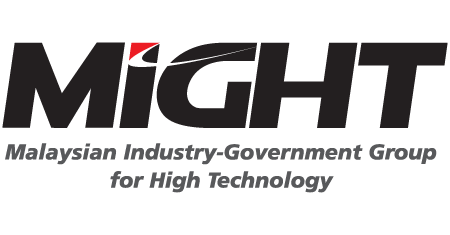Nor Shahida Razali
The term ‘smart grid’ conjures all manner of positive attributes – efficient, cost-effective, better management, all empowered by the engine of contemporary society – digital technology.
A critical characteristic of a high-tech nation is when a significant number of cutting-edge technologies becomes a prime driver of economic productivity and competitiveness. A versatile, sustainable and adaptable energy delivery backbone is key to the proliferation of such technologies. This is where the transformation of the traditional energy grid as we know it into Smart Grid plays a pivotal role.
Indeed, the time is right for the nation to seriously and extensively implement Smart Grid technology as a crucial enabler that allows efficient integration of multiple energy sources, which in turn promotes optimal management of energy consumption. These, consequently, enhance the efficiency and sustainability of the electricity grid.
Increasing demand for energy resources
As a country fast-tracking into becoming a high-income nation, Malaysia’s increasing demand for energy resources is inevitable and expected. This has prompted strong governmental efforts to strengthen energy supply and security, increase efficiency and improve the quality of utility services, among others. Coupled with increasing global concern for the causes and effects of climate change, the push for sustainable energy, and the call for greater energy efficiency, this has resulted in rapid development and use of renewable energy the world over.
Malaysia is no exception. Already the Malaysia Renewable Energy Roadmap has indicated a target of mixed capacity of renewable energy generation in the national electricity supply of 31 per cent in 2025, to be increased further to 40 per cent by 2035. The optimum mix should include elements of a reduced dependence on coal, strengthened flexibility of the grid system, an increase in the solar capacity generation in the energy mix, and the mainstreaming of application of energy efficiency practices.
Given that solar energy has the highest potential to enable the nation to reach its target, a strong and reliable battery energy storage system (BESS) is key. This potentially reduces the margin of energy storage and the intensity of Greenhouse Gas (GHG) emissions through optimal energy generation by 2030, with a total capacity of 500MW. RE and energy efficiency initiatives are set to produce 90 per cent of the necessary carbon reductions, a highly feasible target through the broad-based utilisation of Smart Grid.
The Smart Grid initiative
One project which takes the Smart Grid initiative to practical application is the GEF6 Sustainable City Development Programme. Funded by the Global Environment Facility (GEF) since 2017, the Melaka-based programme is a collaborative effort between MIGHT and UNIDO with Universiti Tenaga Nasional (UNITEN) and TNB Research (TNBR) as Project Delivery Partners. Melaka joins the rank of 28 cities in 11 countries around the world to push the sustainable city agenda.
Today, the on-ground implementation of Smart Grid in Melaka has successfully integrated solar farms, roof solar panels, solar thermal, smart meters from residential and commercial buildings, electric vehicle charging stations and battery systems, through the Energy Monitoring System (EMS) Dashboard. Through this integration, the project has succeeded in reducing approximately 19,000 tCO2eq carbon emissions, equivalent to the planting of approximately 287,000 trees over a period of 10 years and exceeding the original target of 11,000 tCO2eq.
For a state with one foot in the rich history of the nation and another in the vast and promising future, the Smart Grid in Melaka realises the collective desire to make Melaka the first Smart Grid city model and an example to other cities in Malaysia which benchmarks against the global standards of urban development.
Even better, it hits crucial Sustainable Development Goals (SGD) i.e., Goal 7: Affordable and Clean Energy, Goal 9: Industry, Innovation and Infrastructure, Goal 11: Sustainable Cities and Community, Goal 13: Climate Action, and Goal 17: Partnerships for the Goals for a solid push towards a sustainable, responsible future.
— BERNAMA
Nor Shahida Razali is Research Analyst II at Malaysian Industry-Government Group for High Technology (MIGHT).

